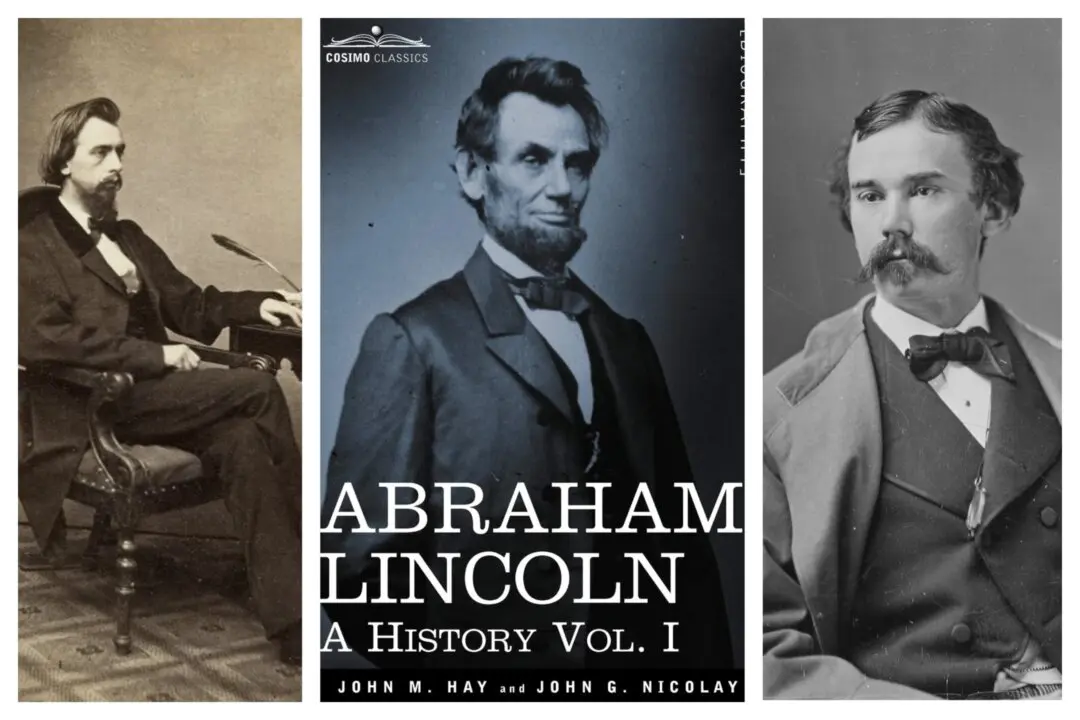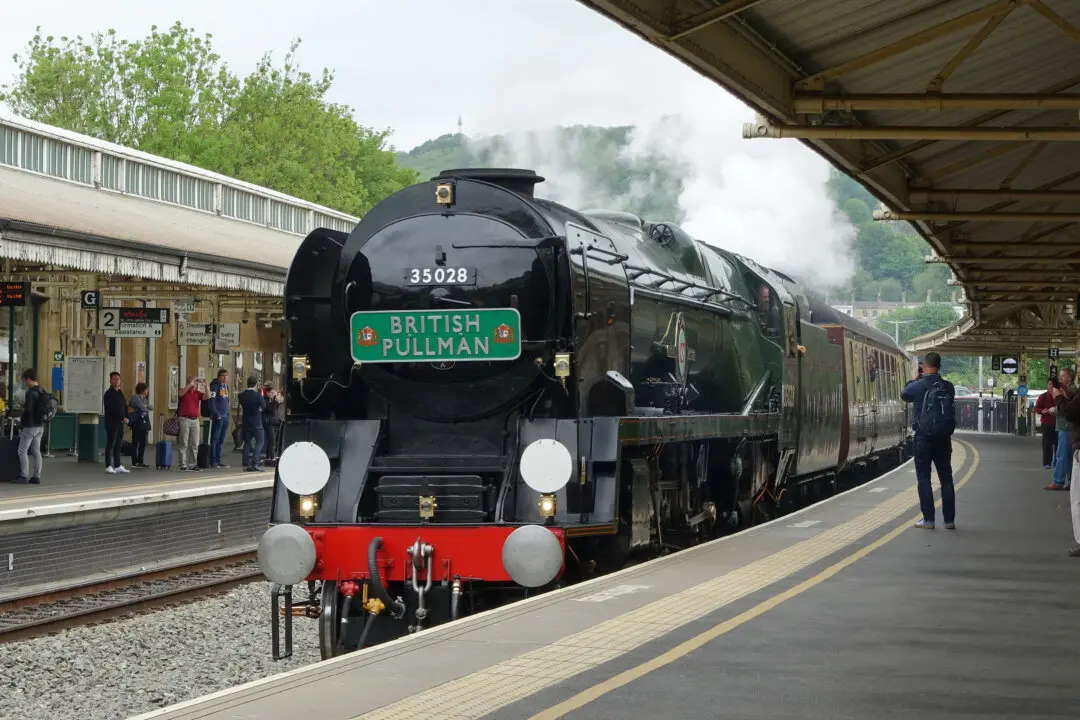While picking up a takeout order from the Holiday Inn café in West Yellowstone, Montana last summer, I was taken aback. Situated in front of the hotel is a historic Pullman train car. I ascended the metal platform stairs and entered.
A true back-in-time experience awaited. And, as I am already exceptionally enamored with trains and train travel, this historical treasure piqued my sensibilities.





